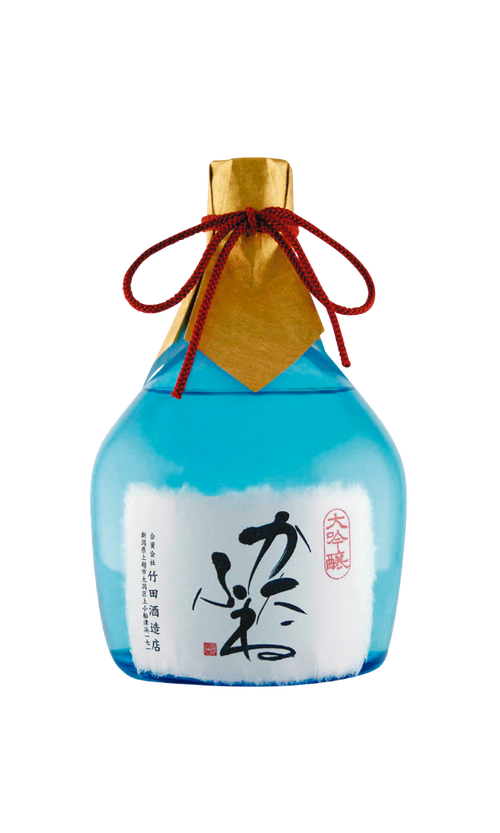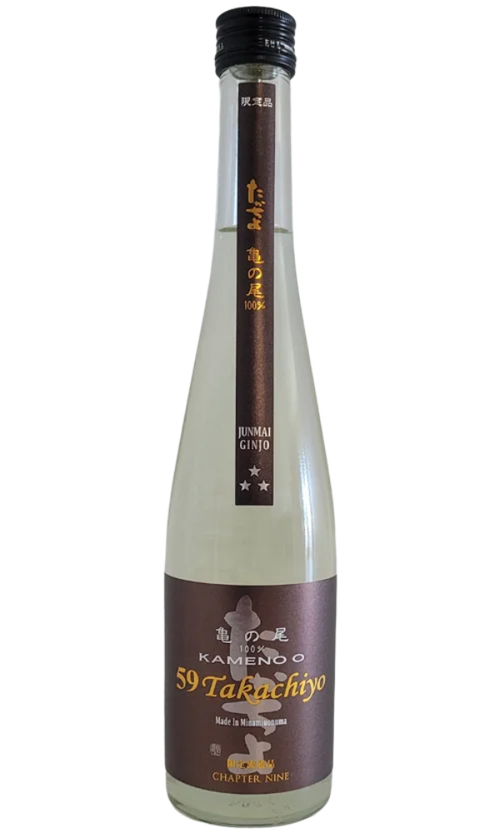
A Savory Diamond in the Rough

- Curated by unrivaled experts
- Choose your delivery date
- Temperature controlled shipping options
- Get credited back if a wine fails to impress
NV Kanbara Bride of the Fox 750 ml
- Curated by unrivaled experts
- Choose your delivery date
- Temperature controlled shipping options
- Get credited back if a wine fails to impress
Umami and Forest Floor for Days
Umami and Forest Floor for Days
Our Saké expert, Certified Saké Professional and Judge in the U.S. and Japan and former global beverage director for Morimoto Group, Eduardo Dingler has selected this truly unique and luscious Saké.
Of the sakés currently offered through our Store, this Kanbara “Bride of the Fox” is quite akin to a Napa Valley Chardonnay — richly textured and layered with baking spice notes. It’s no secret that Niigata Prefecture, where this “Bride of the Fox” Junmai Ginjo saké is produced, lends a particular delicacy and soft style to this saké — the results of the quality of the water gifted by local snow melt, and the use of classic yeast strains and production methods. Toji Kenichiro-san and his wife rely on centuries of tradition to produce a bold and expressive style that will leave you breathless. This saké’s richness and complexity is achieved by a method called Muroka. Keep reading to learn about how saké is made and what how the Muroka method makes this saké unique.
Muroka saké has not been charcoal filtered as most sakes, which lends a unique richness and complexity to the saké. As legend has it, a few centuries ago a disgruntled employee working in a Japanese brewery who had just being fired from his brewing job tossed a pot of ashes from a fire into the saké batch. In the early days of saké, most were murky and certainly not as clear and refined as today’s examples, and though the angry employee had intended to ruin the batch, to everyone’s surprise the bits of charcoal acted as a filter revealing a clear liquid. As the process was refined, it led to a new premium style. The brewery became famous for its filtered sakés.
Saké is made from four main ingredients: water, rice, yeast and koji. And the process of producing a saké is actually quite similar to brewing beer in the sense that you start with a grain and not fruit. When it comes to categorizing saké in quality-categories, everything depends upon the milling of the rice. As brewmasters mill the rice (stir it) the outside layers of each rice kernel begin to peel — or are “polished” — away. The brewmasters’ trick is to polish just enough to reveal complexities and to unlock richer flavors. Premium sakés are made from rice that has been polished beyond 30%. Junmai Ginjo — like this Bride of the Fox — or Ginjo sakés must be polished at minimum 40%, while Junmai Daiginjo or Daiginjo means a minimum of 50% of the rice has been polished away — reaching the heart of the rice kernel and delivering the purest expression of saké. Alcohol levels meanwhile oscillate between 7 and 20 percent generally.
You might also like these wines
- Member Favorite
- Member Favorite
- Member Favorite
- Member Favorite
- Wine Team Favorite
- You're on page












